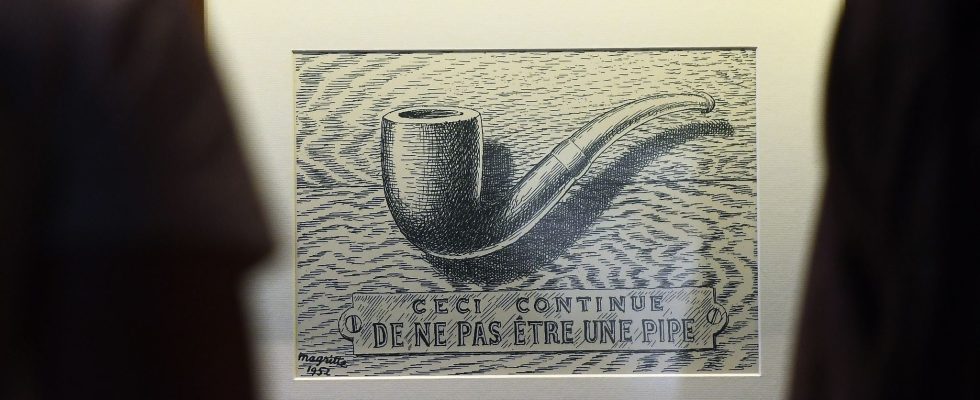With a touch of chauvinism, we believe that only our artists of the 19th and 20th centuries deserve attention. We barely recognize the Americans as leaders in contemporary art. It’s a shame because we’re missing out on neighboring countries like Belgium. Thus, a French person who is asked to name Belgian creators will at most give the name of Philippe Geluck and his cat, or René Magritte and his surrealist paintings.
A multitude of styles
However, from the second half of the 19th century, Belgium experienced an artistic ferment comparable to that of France. Schools and styles have multiplied. A symbolist movement thus emerged with Emile Fabry, Jean Delville, Fernand Khnopff, Léon Spilliaert and an impressionist and pointillist movement, called luminism, which attracted Théo van Rysselberghe, Georges Lemmen, Anna de Weert, Emile Claus and Evariste Carpentier.
A school, established in the commune of Laethem-Saint-Martin, brought together several groups of artists with diverse inspirations at the end of the 19th century. We can cite Gustave van de Woestyne, Valerius de Saedeleer, Gustave de Smet, Constant Permeke, Hubert Malfait and Albert Servaes. Certain personalities, like Anto Carte, Rik Wouters – nicknamed the Brabant Fauvist – or James Ensor are not attached to any school. Then came surrealism with René Magritte, Paul Delvaux, Pol Bury and Suzanne van Damme. Finally, for the modern and contemporary period, let us cite Pierre Alechinsky, Jean-Michel Folon, Jan Fabre and Wim Delvoye.
From 3,000 euros per drawing
Interested in discovering these artists, the potential buyer should not be impressed by the 11.2 million euros paid for The Hesitation Waltz by Magritte last October during the sale organized by Sotheby’s France. Because, with the exception of this painter, and to a lesser extent Paul Delvaux, Belgian artists are less expensive than their French counterparts. You can acquire beautiful drawings from 3,000 euros and paintings from 20,000 to 30,000 euros, although the most exceptional ones can easily exceed a hundred thousand euros. To discover them, the best solution is to go to Brafa which is held in the Belgian capital from January 28 to February 4 (brafa.art/fr). This year it celebrates the 100th anniversary of surrealism and welcomes the Paul Delvaux foundation. Many galleries will be present there, offering a wide range of local artists, at all prices.
